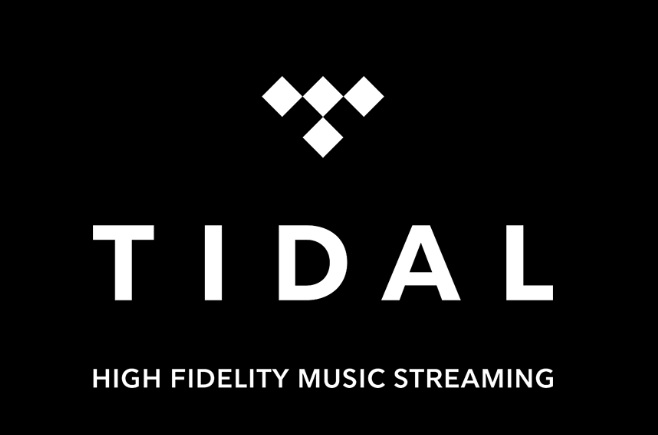Music streaming sites: helpful or harmful to artists?
September 30, 2016
In a digital era of progression and innovation, it is easy to witness different forms of media come and go, some impactful and some ineffective. The amount of physical media by this point is decreasing faster and faster, leading to its demise. In music, CDs are becoming harder and harder to come by, record vinyls collect more and more dust, and cassette tapes won’t ever be seen in the light of day again.
The face of the modern music times is online music streaming—a method of receiving audio without a need for downloading a file or other audio formats. If purchased, a song or album from any online music store will be downloaded onto an electronic device such as an iPhone or computer.
The unique thing about streaming is that music can be played without the need for file space; the device is receiving data from the streaming system, and all that’s needed to stream music is access to the internet.
Music streaming services such as Spotify, Apple Music, Tidal, Pandora Radio, and Google Play have made millions of songs available for users to choose from, save, and listen to by purchasing a subscription or using the free ad-supported versions. With a new medium like this, altering the way music is monetized in one-time purchases.
Supporters of these services argue that streaming gives up-and-coming musicians exposure, leading to possible fame and resulting in marketability. Artists can be featured in top playlists and recommended feeds that users listen to, benefitting and boosting their profile.
Lars Ulrich, drummer of Metallica, one of the most influential heavy metal bands of the 80s and 90s, spoke in an interview with BBC News about the effects these streaming services can have on the newer music of today.
“One of the main reasons I connect less with new music in my life now is because there’s less great new music to connect with. A lot of the stuff that’s been played is just regurgitated, this year’s flavor, this thing, but it’s not people on the leading edge like the Beatles or the Miles Davises or the Jimi Hendrix taking us all by the hand into these completely unknown, uncharted musical territories,” Ulrich said. “When there’s less people buying music, there’s less money generated back and record companies take less chances and instead of promoting 500 records a year, they promote 50 records a year and they don’t put the same amount of money into breaking new art.”
Ulrich, along with other supporters, believes that the exposure these services can offer new musicians can initiate change within the dominating music genres of today, inspiring new formations of music that may be heard in the times to come.
Spotify—a Swedish music, podcast, and video streaming service launched on Oct. 8, 2008—strives to get people back into paying for music again. Stated on their webpage, Spotify aspires to “stop illegal file-sharing, and start consuming music legally again.”
According to Spotify, since 1997, the recorded music industry has seen a decrease in physical sales, causing the industry’s revenue to vanish, even despite the digital sales’ attempts to restore the losses. Spotify aims to revive the sales drop with its $9.99/month subscriptions, adding up to roughly $120/year, which contributes more than the average $55/year paying listener that will buy CDs, or vinyls, or music online.
On the other hand, anti-streaming supporters claim that artists are not getting paid enough in royalties for allowing the streaming services to monetize their music, hindering their ability to capitalize on their art.
Digital Music News, a news source for music business and technology, released information shared by an independent hip hop and R&B regarding the average amount of money earned per play on Apple Music. The royalty statement revealed that the label received roughly $0.0017 per free trial stream, a payment that is less than half the value of a penny.
More information shared with Digital Music News by an EDM group about their profits off 1,023,501 streams on Spotify divulged that the group was paid $4, 955.90, averaging a per-stream payout of $0.004891. The time period accounted was from Oct. 15, 2013 until Feb. 15, 2013.
Another artist that has been caught in this situation is Lucy Rose, a 26-year-old singer-songwriter from the U.K. She garnered lots of attention from her music’s presence on streaming sites, resulting in her being signed to a record label. Lucy received five million streams on Spotify, an exciting moment for her, but in an interview with BBC News Rose said “But at the same time I didn’t see any money from that… so I don’t think it’s actually made a difference how the company sees me as an artist.”
Spotify pays $25,000 for five million streams and that money is paid to the artists’ labels and publishers, not the artists directly.
During Apple Music’s debut on June 30, 2016, the company was promoting its free 3-month trials to new users. While these free trials were in full swing, Apple Music’s artists would not receive any royalties payments, resulting in no profits.
After getting wind of this, Taylor Swift, a female contemporary singer-songwriter from the U.S., wrote an open letter to Apple informing that she was pulling her well-liked album “1989” from Apple’s streaming service and politely delivered some criticism of the company based on Apple’s decision.

